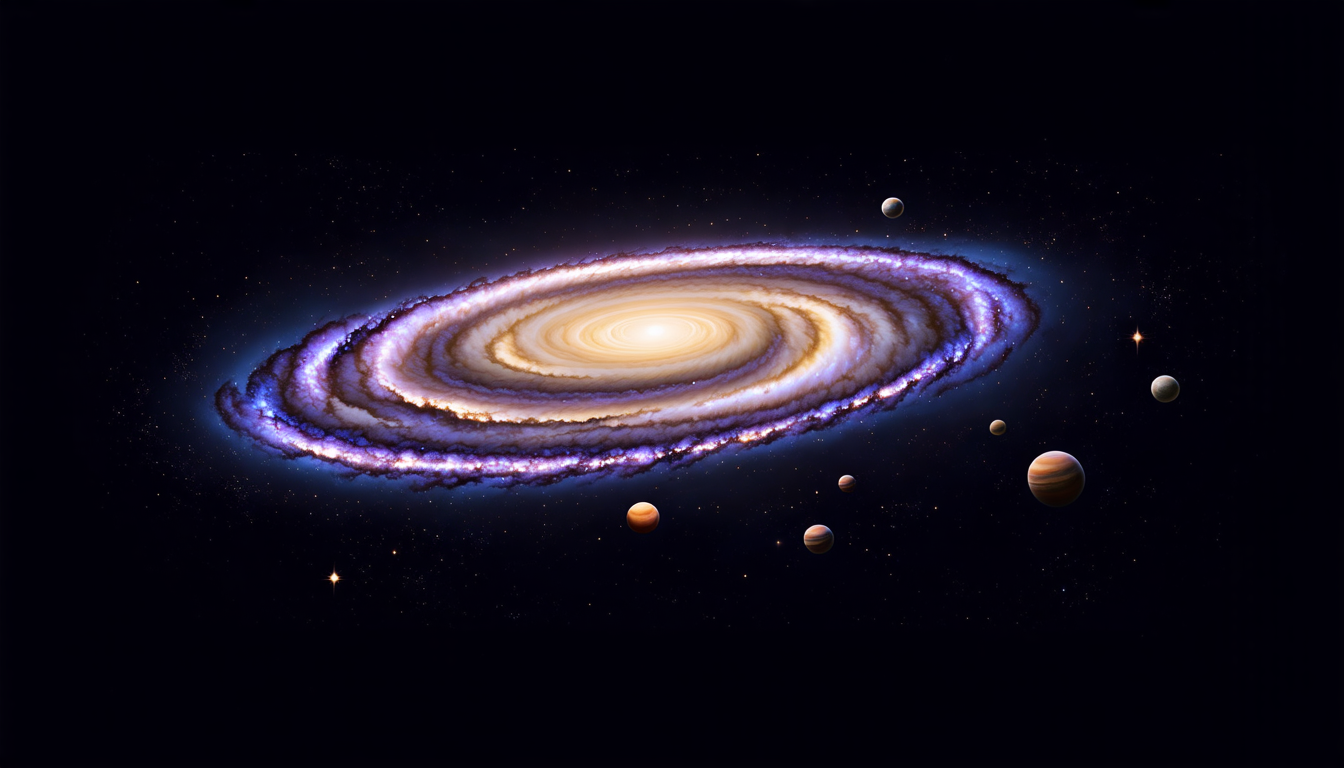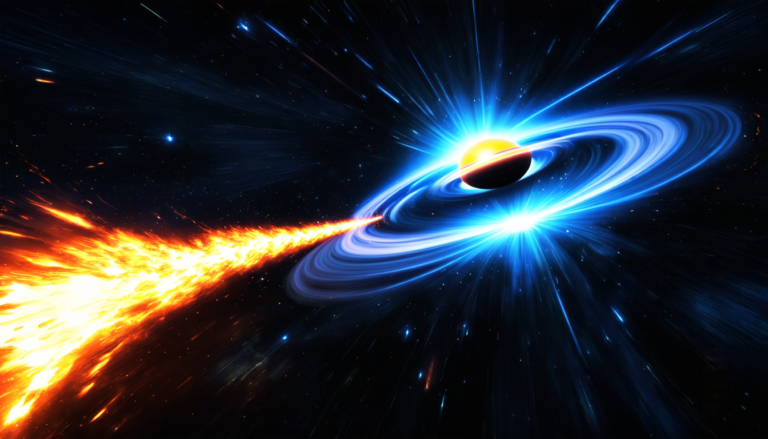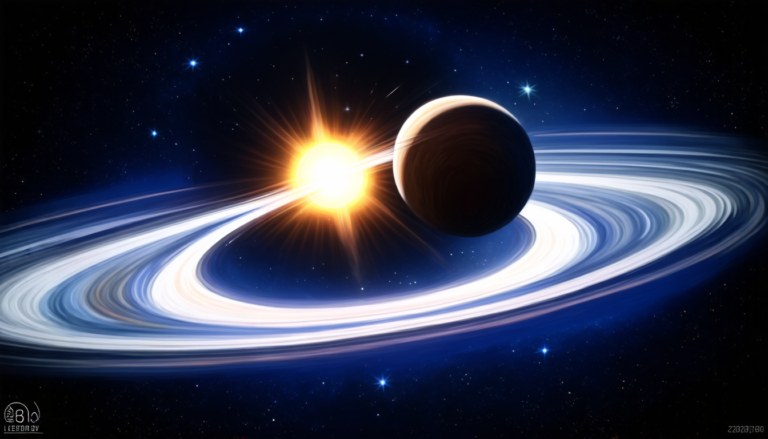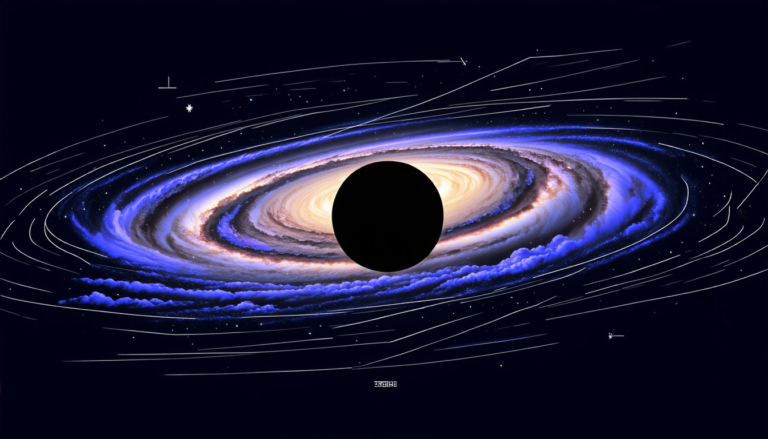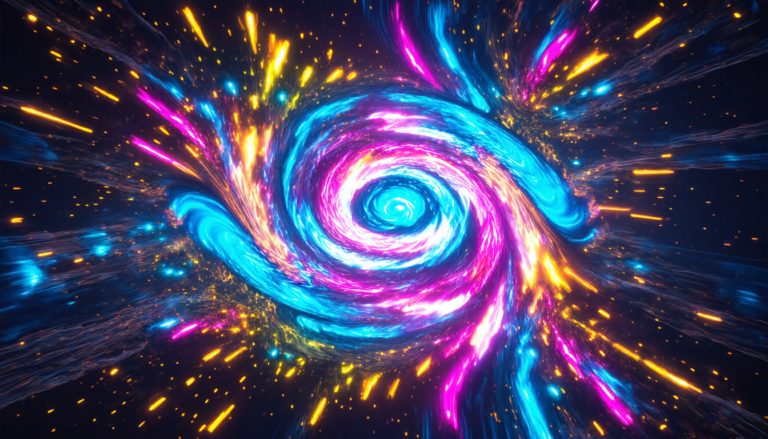Thursday 07 August 2025
A team of astronomers has made a significant discovery in the Orion Nebula Cluster, shedding new light on the formation and evolution of young stars. The cluster is a bustling hub of star birth, home to hundreds of newly formed stars that are still surrounded by gas and dust.
Using data from the James Webb Space Telescope (JWST), researchers have analyzed the spectra of over 200 sources in the cluster, revealing a wealth of information about their ages, masses, and chemical compositions. One of the most striking findings is the discovery of several dozen brown dwarf candidates, which are stars that are too small to sustain nuclear fusion reactions in their cores.
These brown dwarfs are thought to be some of the youngest objects in the cluster, with ages ranging from just a few thousand to tens of thousands of years. They are also relatively cool and faint, making them difficult to detect using traditional methods. The JWST’s advanced spectrographic capabilities have allowed researchers to detect subtle signs of molecular absorption and emission features that indicate the presence of these small stars.
The discovery of so many brown dwarfs in a single cluster is significant because it provides valuable insights into the process of star formation itself. Brown dwarfs are thought to form when a collapsing cloud of gas and dust does not have enough mass to ignite nuclear fusion reactions, resulting in a low-mass object that never reaches the main sequence.
The JWST data also reveal a surprising lack of binary systems among the brown dwarf candidates. Binary stars, which consist of two or more stars orbiting each other, are common throughout the universe and play an important role in shaping the evolution of star clusters. The fact that so few of these brown dwarfs are found in pairs suggests that they may be forming through a different mechanism than previously thought.
The Orion Nebula Cluster is one of the most extensively studied regions of the sky, with numerous observations dating back decades. The new data from JWST has provided a major boost to our understanding of this complex and dynamic region, offering a unique window into the early days of star formation.
As researchers continue to analyze the vast amounts of data collected by JWST, they are likely to uncover even more secrets about the birth and evolution of stars in the Orion Nebula Cluster. The discovery of brown dwarfs and the lack of binary systems among them is just the beginning of a new era of research into the mysteries of star formation.
Cite this article: “Unveiling the Secrets of Star Birth: Discovery of Brown Dwarfs in the Orion Nebula Cluster”, The Science Archive, 2025.
Stars, Orion Nebula Cluster, James Webb Space Telescope, Brown Dwarfs, Spectroscopy, Star Formation, Binary Systems, Gas And Dust, Nuclear Fusion, Main Sequence.
Reference: K. L. Luhman, “JWST Spectra of Brown Dwarf Candidates in the Orion Nebula Cluster” (2025).

